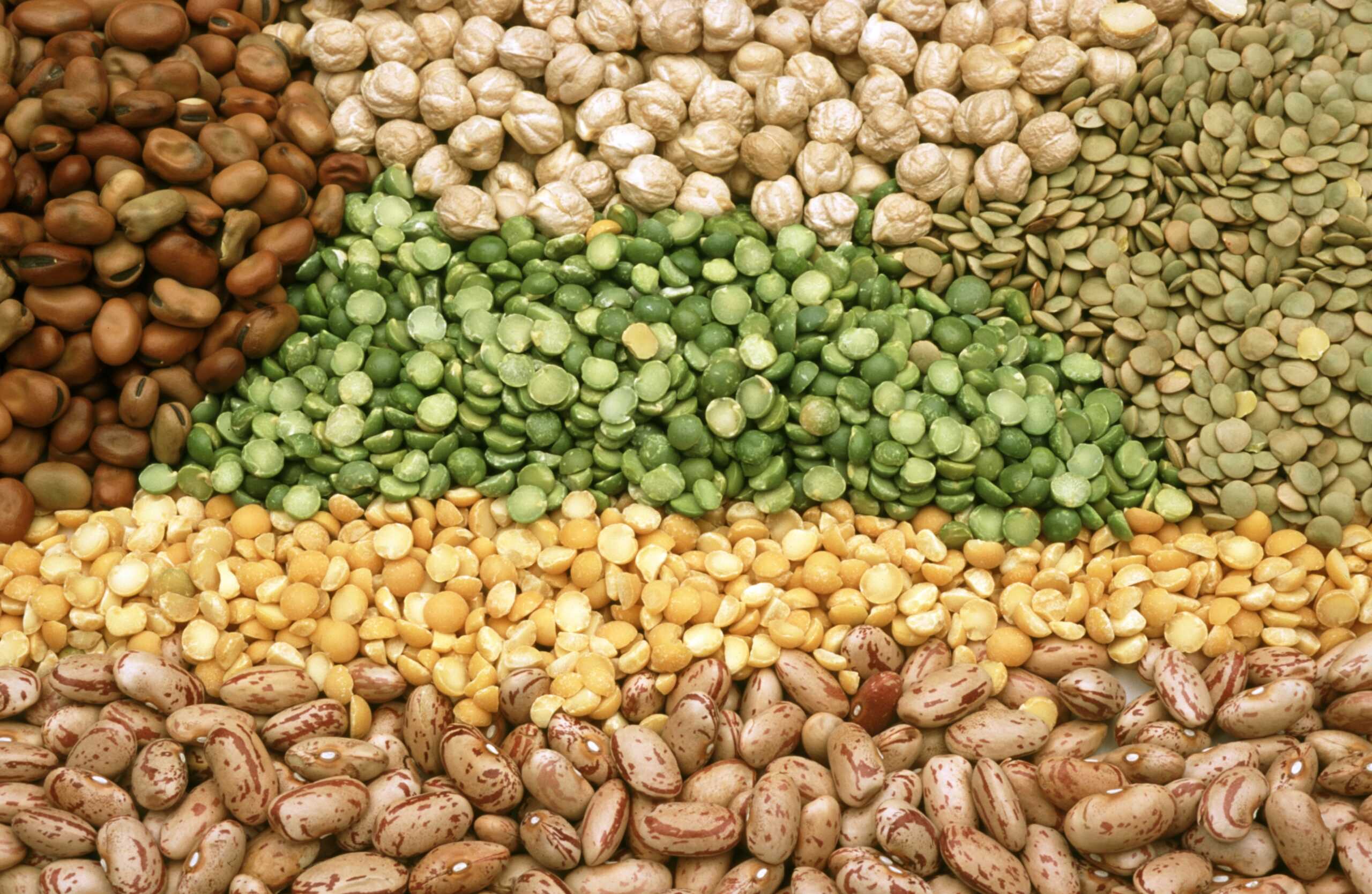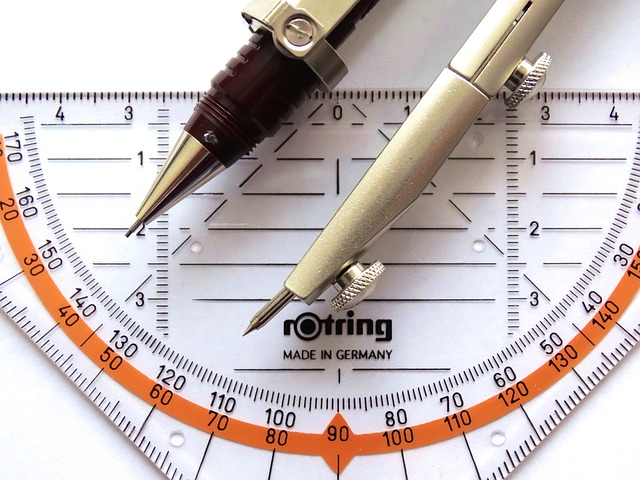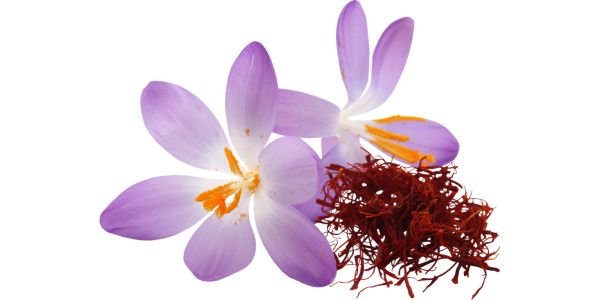Table of Contents
Introduction
Saffron, often referred to as the “Golden Spice”, is one of the most expensive and cherished spices in the world. Derived from the dried stigmas of the saffron crocus (Crocus sativus) flower, this precious spice has been valued for millennia for its rich hue, distinctive flavor, and medicinal properties.
Historical Background
Saffron has a rich history dating back over 3,500 years. It has been mentioned in ancient texts from Greece, China, and Egypt. In the past, it was not just a spice, but also a symbol of wealth, a medicinal herb, and a dye. Saffron was highly esteemed by Cleopatra for its cosmetic benefits and by Alexander the Great for its therapeutic properties after battles.
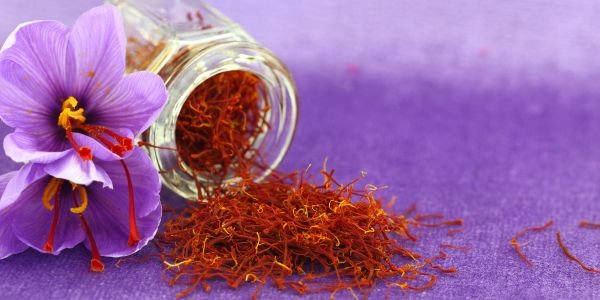
Cultivation and Harvesting
- Region: Saffron thrives in regions with hot dry summers and wet springs. Countries such as Iran, India (especially Kashmir), Spain, and Greece are significant producers.
- Planting: The saffron plant is grown from bulbs, known as corms. These corms are planted during the summer months.
- Harvesting: Saffron flowers bloom in the fall, usually over a six-week period. Each flower produces three red stigmas, which are carefully handpicked during the early morning hours and then sun-dried or dried in a shaded place.
- Labor-Intensive: It takes about 75,000 saffron flowers to produce a single pound of the spice, which explains its high cost.
Culinary Uses
Saffron is revered for its unique flavor profile, which is a delicate balance of hay-like, metallic, and slightly bitter notes. The spice is commonly used in:
- Rice dishes: Like the Spanish paella and the Indian biryani.
- Desserts: Such as the Indian ‘kesar milk’ or ‘saffron lassi’.
- Bread and Pastries: Especially in parts of Europe.
The spice also imparts a radiant golden-yellow hue to the dishes, making them visually appealing.
Medicinal Properties
Historically, saffron has been used in traditional medicine for a wide range of ailments. Modern research suggests potential benefits:
- Mood Enhancer: Some studies suggest that saffron may have antidepressant properties.
- Antioxidant: Compounds in saffron have been shown to have antioxidant effects, which can neutralize harmful free radicals in the body.
- Vision Health: Certain compounds in saffron might slow down the progression of age-related macular degeneration.
- Digestive Health: Saffron has been traditionally used to soothe an upset stomach and reduce flatulence.
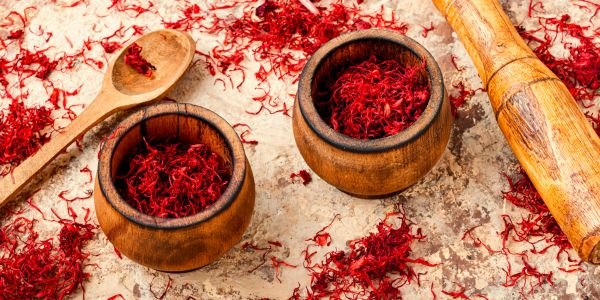
Tips for Buying and Storing Saffron
- Buy Whole Strands: It’s best to buy whole saffron threads instead of powdered saffron to ensure authenticity and avoid adulteration.
- Storage: Store in an airtight container in a cool, dark place. When stored correctly, saffron can retain its potency for several years.
Saffron’s Role in World Cultures
From the vivid paellas of Spain to the fragrant biryanis of India, saffron has woven its magic into the tapestry of diverse world cultures. This spice, which dates back over 3,500 years, has been more than just a culinary ingredient; it’s been an emblem of luxury, an economic staple, and an object of folklore.
In ancient Persia, saffron was sprinkled on beds and mixed into teas as a curative for bouts of melancholy. Meanwhile, in Greco-Roman times, saffron threads were often strewn in halls, streets, and theaters as a way to celebrate joyous occasions. In Buddhist traditions, saffron-hued robes symbolize purity and spirituality.
The Minoans of ancient Crete used it in their art, while Cleopatra bathed in saffron-infused waters for its cosmetic benefits. Today, festivals, such as India’s Sankranti, witness dishes imbued with this golden hue, marking the transition of seasons and the celebration of harvests.
Economic Importance and Challenges
With its title as the world’s priciest spice, saffron plays a vital economic role, especially in regions where it’s extensively cultivated. A square meter of saffron cultivation can yield approximately five grams of dried saffron, which can sell for up to $30 in international markets. This lucrative return makes it a vital cash crop for farmers.
However, the challenges are plenty. Given that it’s a labor-intensive crop, the costs can be substantial. Climate changes pose a threat as irregular rainfall patterns can hinder growth. Furthermore, the delicate flowers are prone to diseases, pests, and other environmental stresses. Counterfeit saffron, which floods markets worldwide, also challenges genuine growers, affecting their profits and the reputation of genuine saffron.
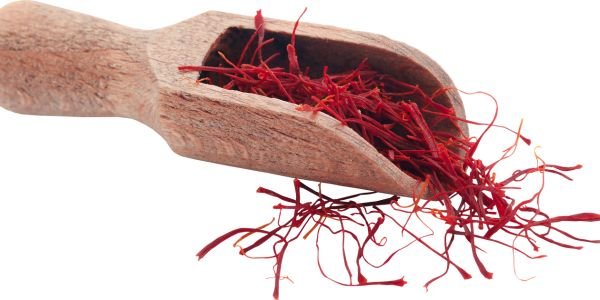
Saffron in Modern Gastronomy
Beyond traditional dishes, saffron is finding its way into modern gastronomy, infusing contemporary culinary creations with its delicate flavor and mesmerizing hue. From saffron-infused gins to desserts like saffron macarons, the boundaries are being pushed.
Fine dining restaurants are creatively incorporating saffron in sauces, foams, and even in molecular gastronomy forms like saffron caviar. Baristas are not behind, with saffron lattes providing a unique spin to coffee culture. Its distinct flavor profile complements both sweet and savory, making it versatile and a favorite among experimental chefs.
While it retains its traditional charm in many cuisines, saffron’s emergence in modern gastronomy showcases its timeless appeal and adaptability.
what is the colour code of Saffron?
Here’s the color code for saffron in several popular formats:
- Hex: #FF9933
- RGB: (255, 153, 51)
- CMYK: (0%, 40%, 80%, 0%)
- HSL: (30°, 100%, 60%)
Saffron, with its vibrant color, unique taste, and potential health benefits, truly deserves its revered status in the culinary and medicinal worlds. Whether you’re trying it for the first time or have long been a fan, the rich history and intricate cultivation process of this golden spice only add to its allure.
Also, Learn Trixie Tongue Tricks



